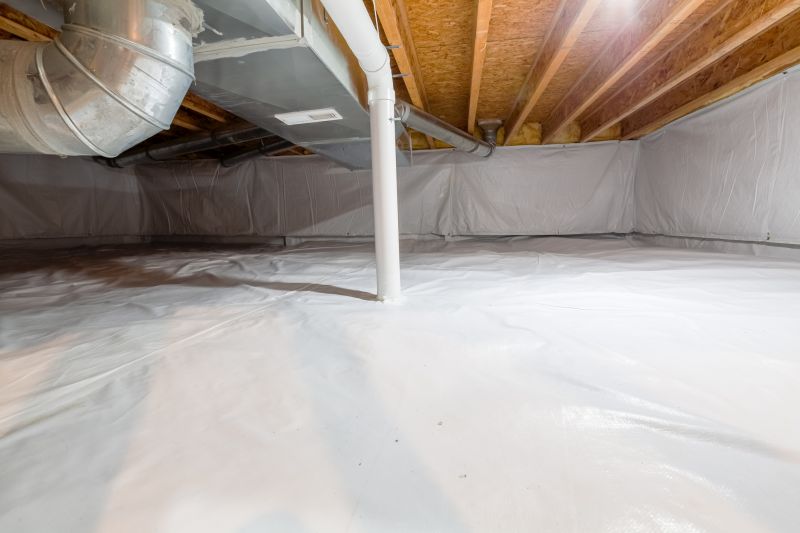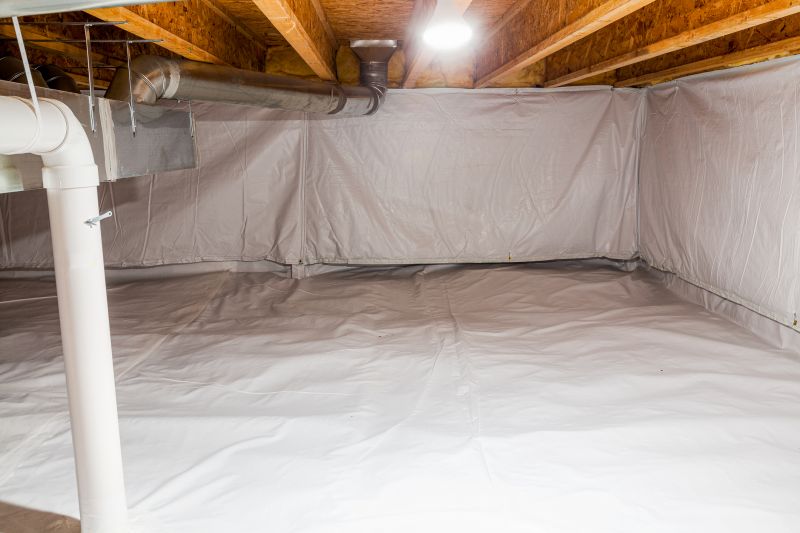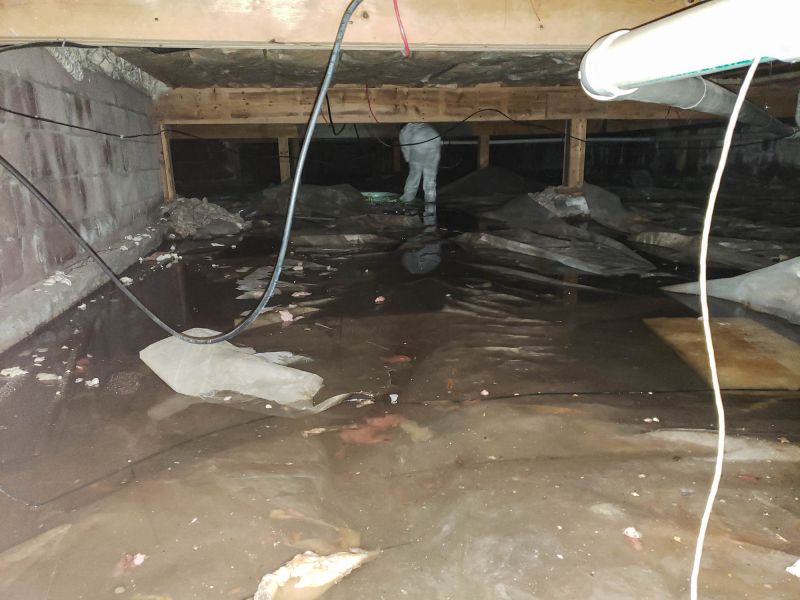Expert Crawlspace Insulation and Sealing
Encapsulation prevents excess moisture from entering the crawlspace, reducing the risk of mold and wood rot that can compromise structural integrity.
Sealing the crawlspace reduces air leaks, leading to lower heating and cooling costs by maintaining consistent indoor temperatures.
Reducing mold and dust mites in the crawlspace minimizes airborne allergens, contributing to better indoor air quality.

Image showcasing a fully encapsulated crawlspace with sealed walls and a vapor barrier.

Photo of the interior of an encapsulated crawlspace highlighting insulation and vapor barrier installation.

Image of vent covers installed to prevent outside air infiltration.

Photo of the sealing and vapor barrier installation process in a completed crawlspace.
Failure to encapsulate a crawlspace can lead to severe issues such as increased energy bills, mold growth, pest infestations, and structural damage. Without proper sealing, moisture can accumulate, causing wood rot and inviting pests that threaten the stability of the foundation. Additionally, unencapsulated crawlspaces can contribute to poor indoor air quality, affecting health and comfort.
| Dangers of Not Encapsulating | Potential Consequences |
|---|---|
| Moisture Accumulation | Mold growth and wood rot |
| Air Leaks | Higher energy costs |
| Pest Infiltration | Structural damage and health issues |
| Poor Indoor Air Quality | Respiratory problems and allergies |
| Foundation Damage | Cracks and shifting |
Implementing crawlspace encapsulation can significantly improve property safety, efficiency, and indoor air quality. It is a proactive step to protect the home from moisture-related problems and reduce long-term maintenance costs.
Interested in enhancing the condition of a crawlspace? Filling out the contact form can provide a tailored quote for crawlspace encapsulation services in Iowa City, IA.

